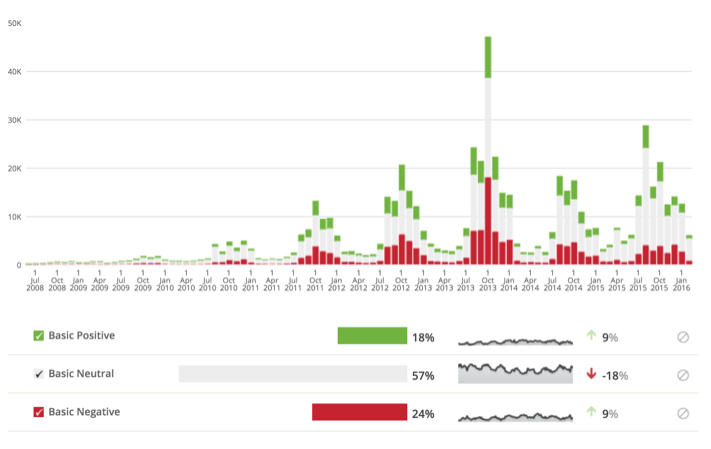With another application season nearly behind us, next year’s race to gain or retain market share of admissions applications is heating up. As a new option enters the fold, many students and parents may find themselves with more questions than answers about which application platform to use. Should they stick with the Common App, a time-tested and familiar solution for institutions and applicants alike, or should they invest the time and resources to curate an entirely new “portfolio” as required by the Coalition for Access, Affordability, and Success (the Coalition) in its new application platform?
It’s widely known that in October 2013, the Common App went down at the worst possible time. Since then, the Coalition has squarely positioned itself as a competitor. In response to the question, “Why would a college or university use more than one application platform?” the Coalition points to the risk of technology failures as the leading factor, even above providing an additional way for colleges to differentiate themselves.
To help quantify this specific incident’s impact on the Common App brand, Eduventures looked at social sentiment data dating back to 2008. As illustrated in the chart below, overall mentions of the Common App generally build in the summer months and culminate in a spike of activity around application deadline day, October 1. In 2013, the effect of the massive outage can be plainly seen. It is worth noting that while overall sentiment for the brand is generally negative, so is the perception of the college admissions process in general. Even so, you’ll notice a dramatic sense of negativity towards the Common App, above and beyond the generally negative baseline of the college-bound population.
 Source: Crimson Hexagon
Source: Crimson Hexagon
Social Sentiment Towards the Common Application Brand, 2008-2016
 Source: Crimson Hexagon
Source: Crimson Hexagon
A Common Response
In its effort to capitalize on this sentiment, the Coalition’s initial announcement, communications, and subsequent launch seem to be almost entirely lacking in information about how its new platform will perform as well as—or potentially better—than the proven Common App. In a letter to stakeholders that coincided with the platform launch, Coalition Executive Director Annie Reznik stated that her top priority is, “providing clear, transparent communication.” To that end, our conversations with school districts, colleges, standards bodies, and their technology implementation vendors highlight some very important technology topics that appear to be missing from the Coalition’s marketing and communications. These include:- Limited support for Naviance used at high schools, including no API-based transfer of transcripts, letters of recommendation, and supporting documentation
- A lack of integration with the ERP/SIS platforms used at colleges and of support for IMS or PESC admissions and ePortfolio XML file formats and data standards
- No clear service-level agreement for the platform, or any guarantees about system availability and uptime during peak application periods

